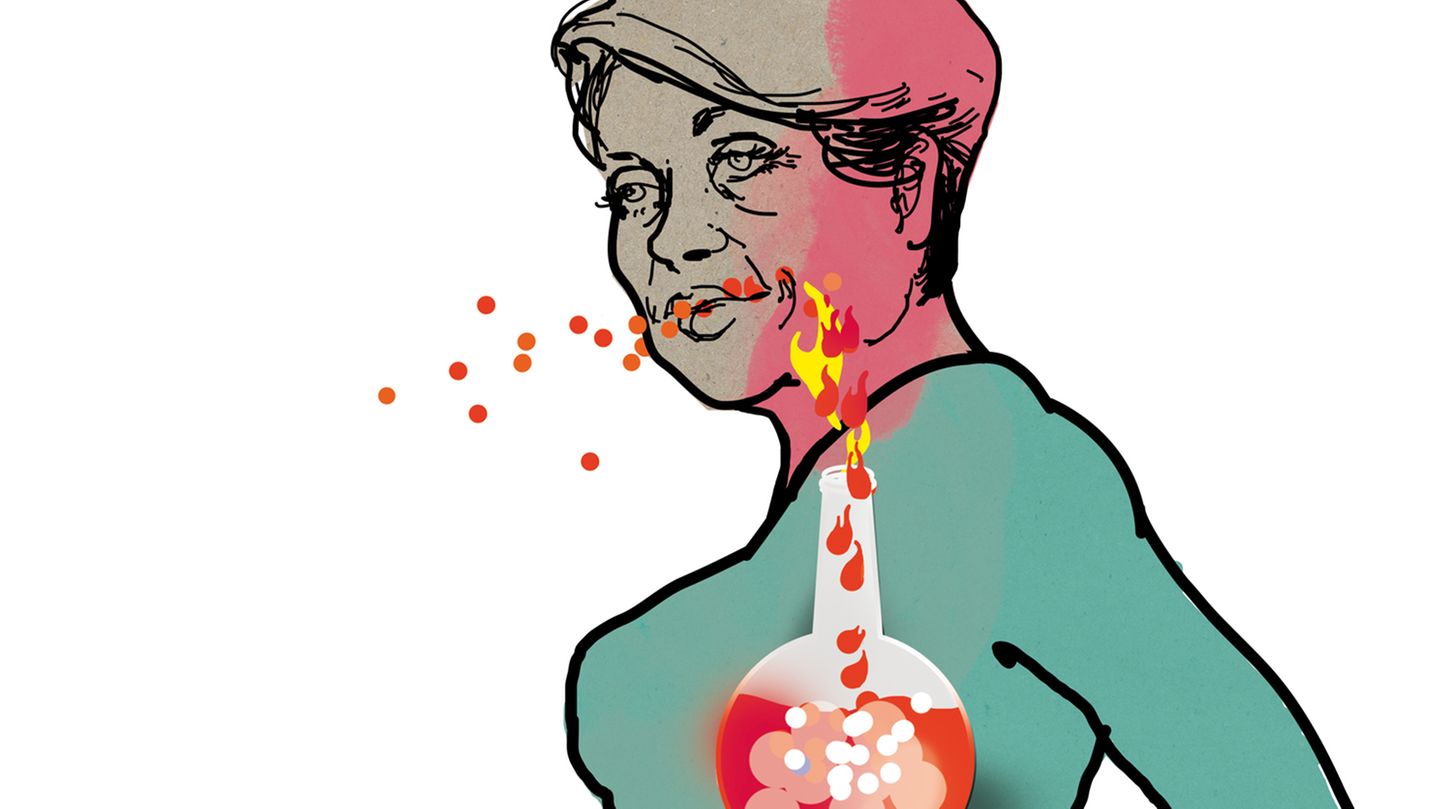Image: Volker Weihbold
Such hot periods are defined as a series of at least three consecutive days above 30 degrees, which can be interrupted by days between 25 and 30 degrees, as long as the average maximum temperature of the period remains at 30 degrees. According to Geosphere Austria, the current heat wave has already lasted more than ten days in the north and east.
This is also longer than average for the recent past (climate period 1991 to 2020). During this period, an average heat wave lasted eight days at the Innsbruck University, Linz City and Vienna Hohe Warte weather stations. There are currently 13 days up to and including (today) Wednesday in Innsbruck, twelve in Linz and eleven in Vienna.
Heat wave ends at the weekend
The heat wave in western Austria will probably end this Saturday, in the east and south on Sunday at the earliest. In the final evaluation, the duration of this heat wave in Innsbruck, Salzburg, Linz, St. Pölten, Vienna and Eisenstadt is around 15 to 16 days and is therefore about twice as long as an average heat wave during the climatic period 1991 to 2020.
Only in Graz, Klagenfurt (each for four days until Wednesday) and Bregenz (for six days) is this heat wave shorter and will be pretty much the average of the past decades. However, all state capitals are well away from the records. Eisenstadt, St. Pölten and Vienna experienced the longest heat wave of all provincial capitals in 2003 with 29 days.
Heat waves are 50 percent more common
Even if the previous record lengths of such hot phases were several years ago, a clear picture emerges. “Comparing the climate periods 1961 to 1990 and 1991 to 2020, heat waves have become around 50 percent more frequent,” emphasizes climatologist Alexander Orlik from Geosphere Austria, “and an average heat wave now lasts one to four days longer than before, depending on the provincial capital.”
For example, in Linz between 1961 and 1990 there was a heat wave every three years on average and the average duration was seven days. In the period from 1991 to 2020 it was every one to two years, with an average duration of eight days. From 1961 to 1990, a heat wave lasting an average of six days was recorded every two to three years at the Klagenfurt Airport weather station. In the period from 1991 to 2020, there was an average heat wave every year that lasted ten days on average.
Source: Nachrichten




